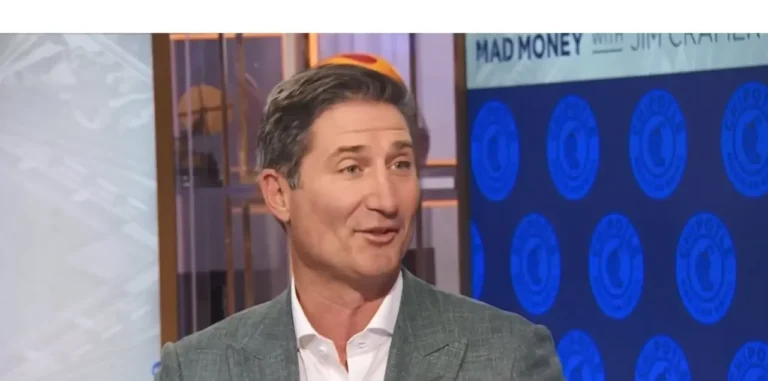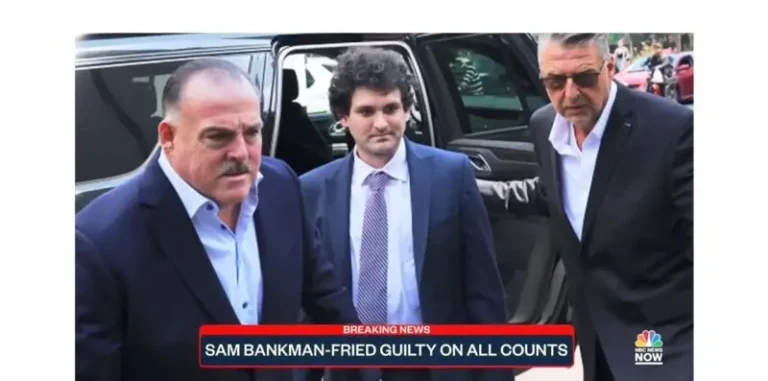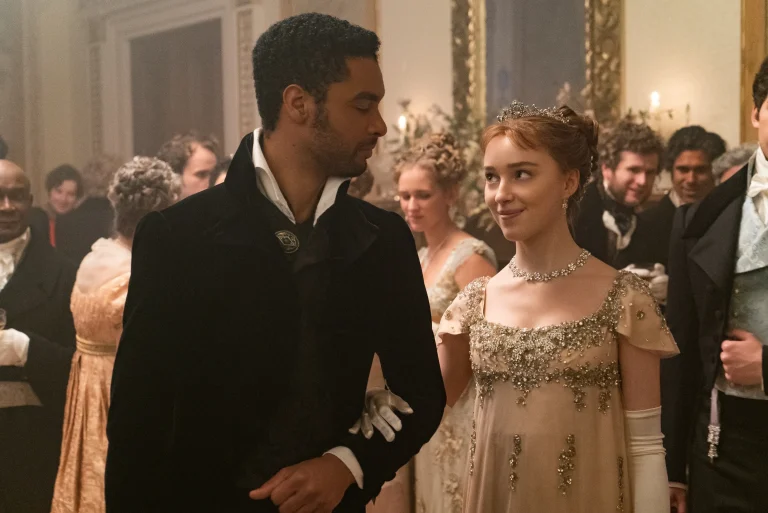Writing Headlines: A Game of Skill — and Chance
Take our 3-question test and read our 7 tips for better headlines
We have a pop quiz on writing headlines.
Which headlines attracted the most readers for three opinion pieces published in The Washington Post in March 2021?
1. Columnist Greg Sargent wrote about a far-reaching bill in Congress, backed by Democrats, which would have changed laws governing voting rights, campaign finance, redistricting and governmental ethics.
A. Amy Klobuchar’s surprise call for filibuster reform shows the urgency of the moment
B. A senator’s call for filibuster reform regarding H.R. 1 shows the urgency of the moment
C. A senator’s surprise call for filibuster reform shows the urgency of the moment
2. Autumn Brewington, an associate editor in the Post’s opinion section, wrote a piece ahead of a well-publicized TV interview:
A. Are Meghan and Harry spilling royal tea to Oprah? Don’t bet on it
B. Meghan and Harry are talking to Oprah. Here’s why they shouldn’t say too much
3. Columnist Megan McArdle, who has described herself as a “right-leaning libertarian,” wrote about one political party’s policy shortcomings:
A. The conservative movement seems to have forgotten how to think about things that matter
B. Do conservatives care about anything beyond cancel culture anymore?
C. I get the indignation. But where are the ideas, Republicans?
D. Defiant gestures are increasingly what conservatives have instead of policy
To find the answers, you can jump to the end of this story or select each of the links below:
1. Greg Sargent
2. Autumn Brewington
3. Megan McArdle
Headline study
Don’t worry if you didn’t do that well. Journalists did no better than 50/50 when asked to pick the headlines that drew the most clicks, according to a study by researchers from Ohio State, Michigan State and Harvard universities published this month in Science Advances.
The researchers examined the headlines and clicks of more than 30,000 stories from two very different sources: the Post and Upworthy, a website that aggregates positive stories.
“News readers are more likely to click on and engage with simple headlines than complex ones,” they wrote. “Small-scale efforts aimed at increasing the simplicity or fluency of language can increase the attention of casual readers.”
To demonstrate their approach, they offered the three opinion pieces above. The three headlines that received the most clicks were also the simplest, consistent with the large study, although sometimes the differences were small.
Headline tips
We have seven quick tips on writing headlines, or heds as they’re called in newsrooms. But first consider: Why do we write headlines?
A key purpose of a headline is to generate interest, according to a 2015 report published by the Center for Media Engagement at the University of Texas at Austin.
You want to move the reader one step at a time through the story. A headline in a newsletter or a home page should intrigue the reader to click. (A photo or graphic will help.)
On the story page, it’s up to the headline (maybe a teaser underneath it) and the first sentence to do the job. With these thoughts in mind, here are our tips on writing heds.
1. Start early. Write a draft headline (and first sentence) before you start reporting. It gets you thinking and helps focus the story.
2. Ask yourself, “Would I click on that?” If you wouldn’t open that headline, who would?
3. Put your readers above Google searchers. The most important task is to get the person who’s in front of the headline to click. Instead, headlines are sometimes so loaded with keywords that they’re just boring. Keywords are important. But a clever headline is worth more than a couple keywords.
4. Use words that connect with employees, not the C-Suite, which may pride itself on a well-educated workforce but over-estimate its attention span.
5. The three-second rule. Not the basketball violation, but the rule that says a reader will take that brief amount of time to read a headline. It’s part of the 3-30-3-30 rule of communications.
6. Don’t be a tease. Some headline writers opt for vague heds that say next to nothing to increase the number of clicks (and page views). Those metrics are important, but more important is satisfied readers.
Teasing headlines will train readers, particularly casual readers, to skim your newsletter or home page. Such heds ignore one of their purposes: to satisfy the immediate need for information, according to the University of Texas report.
So instead of saying nothing, say something.
7. Take it from an Englishman. Advertising giant David Ogilvy, who was a master of radio and television, but learned his craft on print advertisements.
The headline “is the telegram which decides the reader whether to read the copy,” he wrote in “Confessions of an Advertising Man,” published in 1963.
“On the average, five times as many people read the headline as read the body copy,” he continued. “When you have written your headline, you have spent eighty cents out of your dollar.”
Ogilvy stepped down as CEO of Ogilvy & Mather in 1975 and died in 1999. Nowadays, we’d like to think that 80% of our message is carried by the story, not the headline.
But who’s to say Ogilvy was wrong?
Quiz answers:
1. C
2. B
3. C
Some people collect coins or comic books, but Tom Corfman’s hobby is saving headlines. He’s a senior consultant with Ragan Consulting Group, where he directs the Build Better Writers program.
Contact our client team to learn more about how we can help you with your communications. Follow RCG on LinkedIn and subscribe to our weekly newsletter here.





